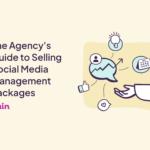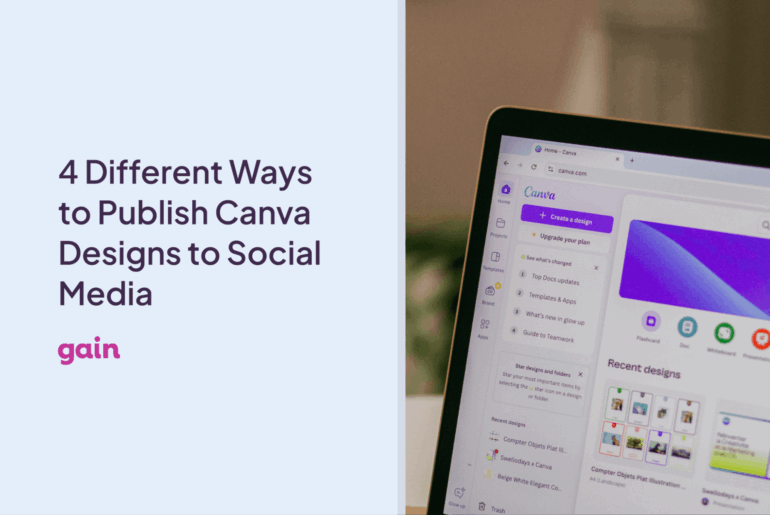Designed by Freepik
Whether you’re new to running a social media management agency or a seasoned pro, slow sales can be a real headache. We’ve all been there.
Figuring out why it’s happening can be tricky, but the solution lies in how you sell your services. How do you attract the right clients and get them to see the value in what you offer?
Let’s explore some strategies to help you close more deals and grow your business.
Step 1: Define What Exactly You Are Selling
Alright, first things first—what exactly are you offering? Are you the best at creating engaging content? Do you excel at running high-performing ad campaigns? Or do you offer a complete package from strategy to execution? Be clear on your offer.
Step 2: Identify Potential Clients
Next, who exactly are you aiming to help with your social media management services? Are you targeting:
- Small businesses
- Enterprises
- Non-profits
- Luxury brands
- B2C
- B2B
Knowing your ideal clients makes it easier to tailor your services. Plus, you can create more compelling landing page copy compared to a generalist agency that does a bit of everything.
For example, K2L, a UK-based social media agency, clearly focuses on providing services for lifestyle brands. You can see that right from their landing page.
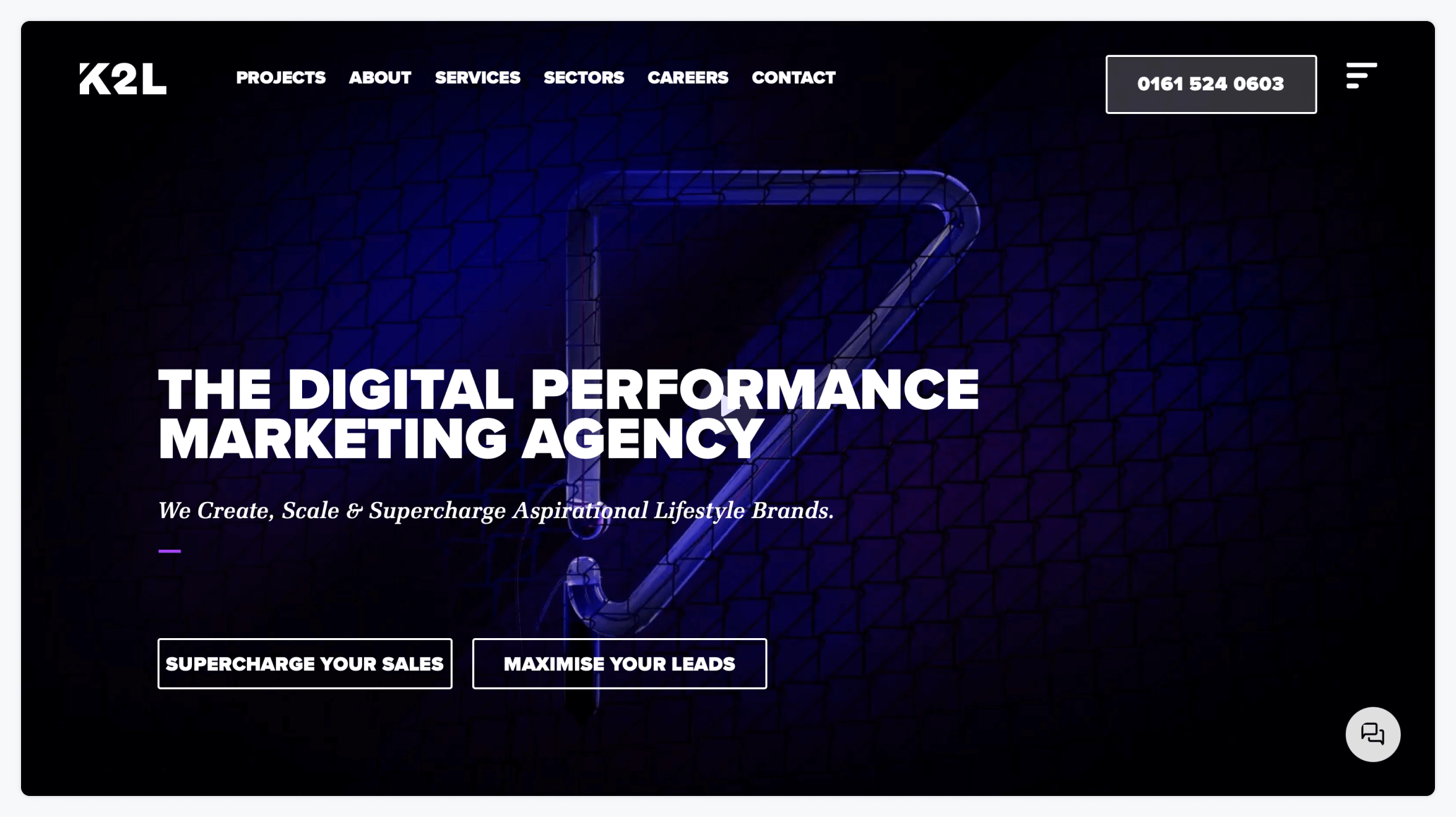
But it’s not enough to just identify who you’re serving. You must also nail down your ideal customer profile.
Here’s a quick way to get started:
- Create a Profile of Your Ideal Client:
- Industry: What field are they in?
- Pain Points: What challenges are they facing?
- Goals: What are they trying to achieve with their social media?
- Use Tools to Find Prospects:
- LinkedIn: Great for businesses and professionals.
- Industry Forums: Find where your ideal clients hang out.
- Social Media Platforms: Instagram, Twitter, and Facebook can be gold mines for finding your ideal clients.
📌 Tip: Choose a niche with high market demand. Not all industries and niches pay well, so don’t jeopardize your agency’s existence by picking the wrong market to target.
Step 3: Develop a Compelling Sales Pitch
Now, let’s craft a pitch that makes potential clients sit up and take notice. When developing your sales pitch, you need to hit the 3 Cs, meaning your pitch must be clear, concise, and compelling.
Start by pinpointing your potential clients’ pain points and demonstrating how your services can solve these issues. Tailor the start of your pitch to the potential client’s vertical. You don’t want to be generic—you want to capture their attention from the get-go.
Next, explain how your services address specific challenges. For example, “Our targeted content strategy can boost engagement by addressing the exact areas where your current strategy falls short.” Furthermore, use real data to support your claims; for instance, “We helped Client X increase their engagement by 35% in three months.”
Don’t forget to also highlight the benefits your client can expect. Whether it’s increased followers, better engagement, or higher sales, make it clear how these outcomes align with their goals.
Finally, consider pre-writing your sales script and practicing it a few times to ensure it goes smoothly. Salesforce has a solid guide on sales pitches that’s worth checking out if you need some ideas.
Step 4: Be Prepared to Handle Sales Objections
Handling objections is a normal part of the sales game.
Expect to hear common objections like “It’s too expensive,” “We handle our social media in-house,” or “We’re not seeing the ROI.” No worries, these are typical concerns.
Here are a few common objections agency owners face when pitching their services and example responses to counter them:
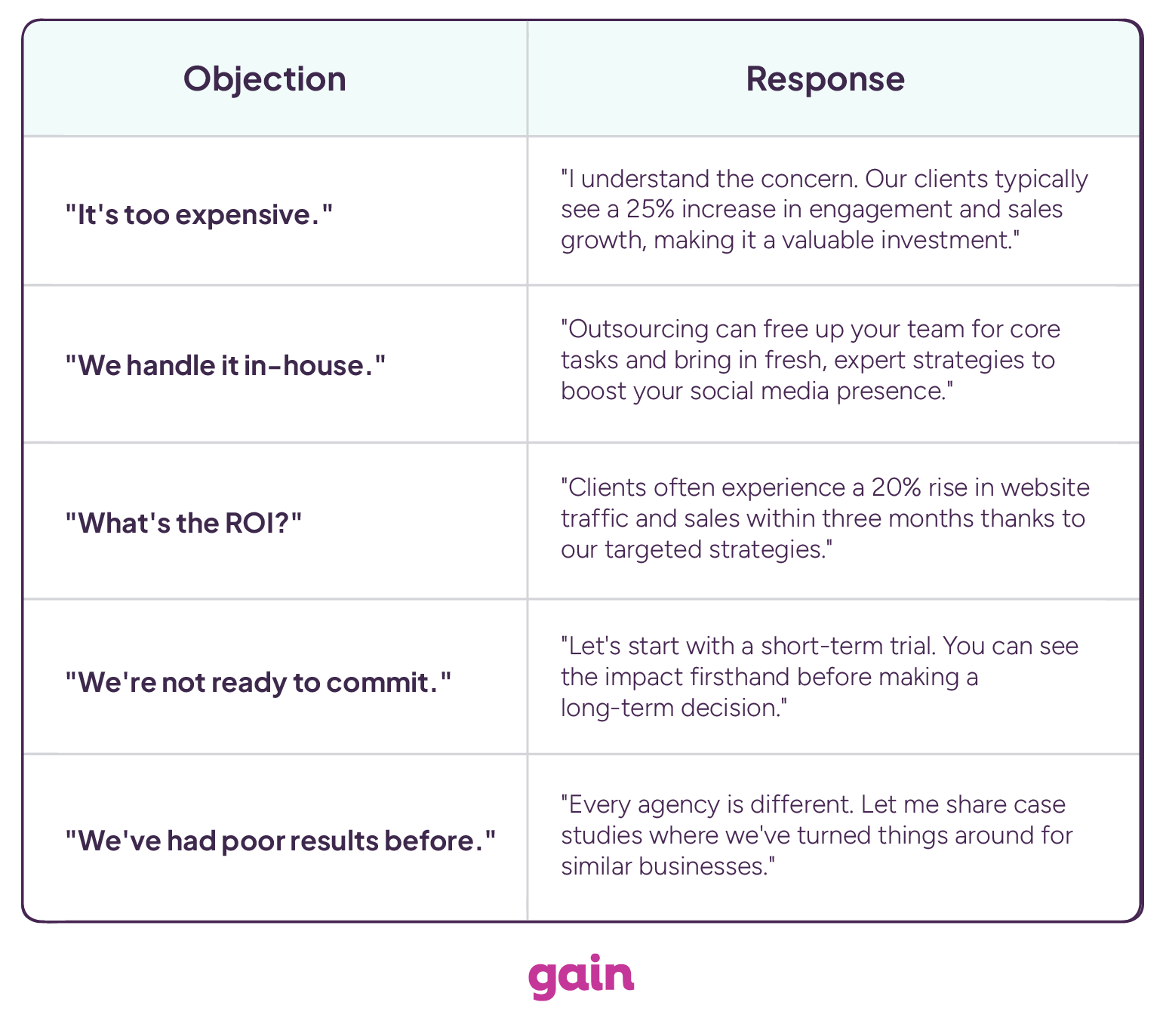
Of course, you might face entirely different objections depending on the verticals you serve. Make sure to do prior research to anticipate these objections before your sales calls.
💡Something to note: Objections often scare businesses. However, that’s where sales are ACTUALLY happening. By preparing well-researched responses, you can confidently turn objections into compelling reasons to choose your agency’s services.
Step 5: Leverage Case Studies and Testimonials
Client testimonials and case studies should definitely be in your arsenal. If you’ve achieved impressive results for a past client or have some famous brands under your belt, use them!
When you show real-world examples of your successes, your pitch becomes much more convincing. Start by gathering detailed case studies from past clients. Highlight the specific problems they faced, the strategies you implemented, and the measurable results you achieved.
Testimonials are equally important. Positive feedback from satisfied clients acts as social proof and reassures potential clients about your capabilities.
Step 6: Set Competitive Yet Profitable Prices
Pricing your services can feel like a balancing act—too high, and you scare clients away; too low, and you’re selling yourself short.
Here’s the thing—your prices should reflect the quality and value of your services. Don’t be afraid to set them higher if you can back it up with results. For example, highlight the ROI clients can expect, like how effective social media management can lead to an X% increase in sales on average.
Likewise, think about your overheads. Will you be hiring full-time employees? Freelancers? Will you use software tools to help with social media scheduling or client management in general? You must consider all these costs when setting your prices.
Step 7: Use Social Media Channels to Attract Clients
If you’re a social media agency, you should practice what you preach. This means using social media to attract your ideal clients!
Your ideal clients are likely already on social media, so it makes sense to build your presence on various platforms. And, no, you don’t have to be on all of them. Focus on 2-3 channels where most of your audience is active. Post content to educate, inform, and convert your audience.
You could discuss common pain points your audience faces, and share social media management tips and tricks, how-to guides, client testimonials, and case studies.
Don’t forget to weave some personality into your posts to help you stand out. We also advise leveraging your personal brand, especially if you’re using LinkedIn. That’s exactly what Lewis Kemp, CEO of Lightbulb Media, regularly does on LinkedIn.
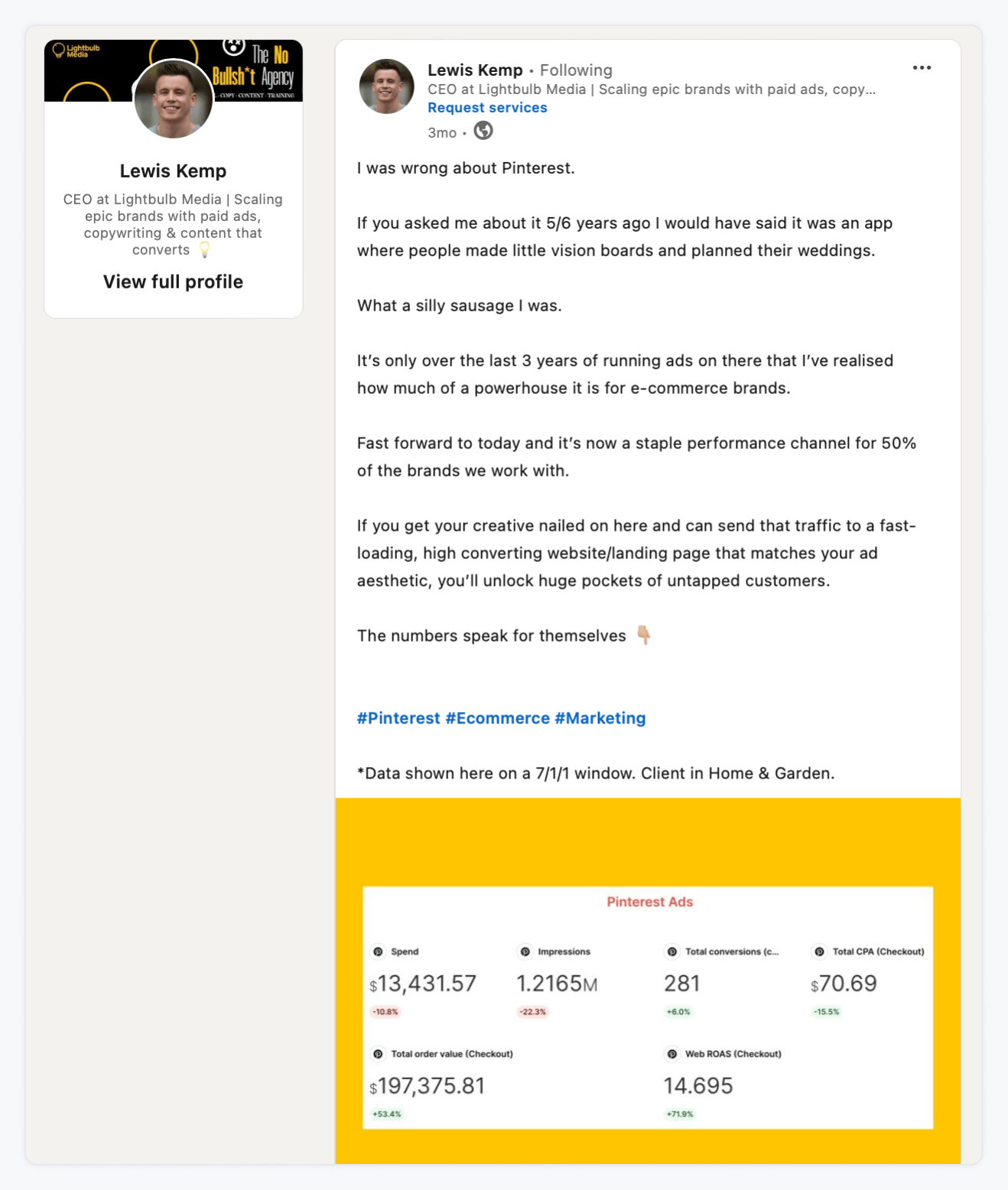
Remember, your social media profiles are often the first impression potential clients will have of you. Make them count by being informative, engaging, and authentic.
Step 8: Close the Deal
Closing the deal is all about timing and confidence. After you’ve presented your pitch and handled objections, gauge your client’s readiness. Are they asking detailed questions? Showing enthusiasm? These are good signs.
When you sense they’re ready, move forward confidently. Summarize the key benefits and the value your services bring. Make the next steps clear and simple—whether it’s signing a contract or setting up a kickoff meeting.
📖 Relevant Read: How to Onboard New Marketing Clients
📌 Tip: Follow up promptly after your initial meeting to show your enthusiasm and commitment. According to research, 80% of sales require five follow-up calls after the meeting, so persistence is key.
Step 9: Rinse and Repeat
You’ve got a new client on board—fantastic! Now, rinse and repeat.
Think back on what made this deal successful. Was it the personalized pitch? The timely follow-up? Identify these winning elements and incorporate them into your process. Your goal is to build a replicable sales process, so you don’t have to worry about selling your social media services ever again!
Conclusion
Selling social media services is no easy feat. With thousands of social media management agencies in existence, breaking through a saturated market requires a careful approach.
Follow our 9-step guide to get started, but keep learning and improving your sales approach with each interaction you have with your leads. Social media is changing rapidly, and your competitors aren’t slowing down either. Stay on top by providing in-demand social media management services that drive results.
Need an affordable, all-in-one tool to manage your social media clients? Give Gain a go! It’s the only platform that offers automated, fully customizable client approvals, dedicated client workspaces, and easy auto-scheduling and publishing for all your content.
Try Gain today at no cost (no credit card required) and manage more clients with less hassle.



